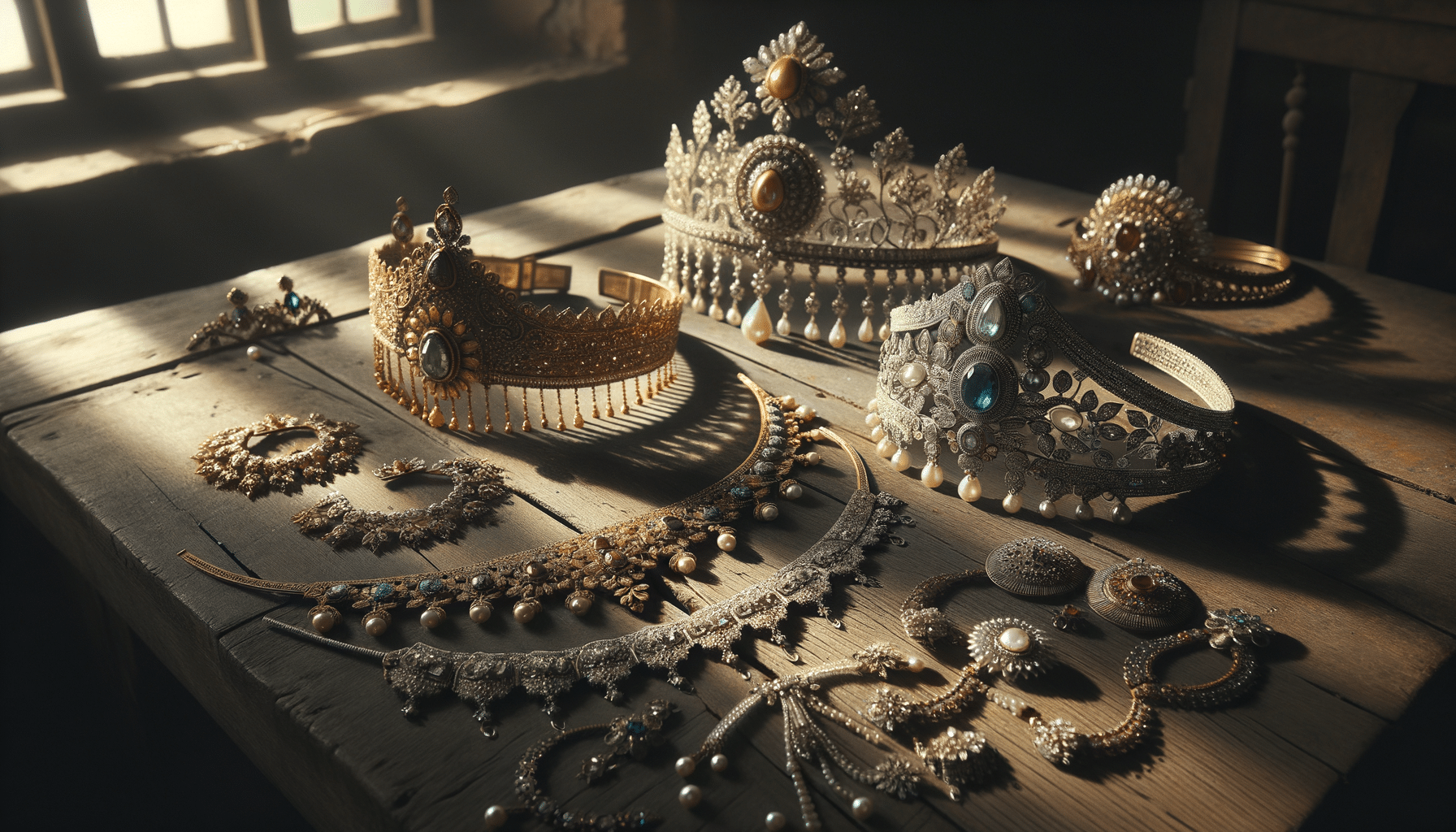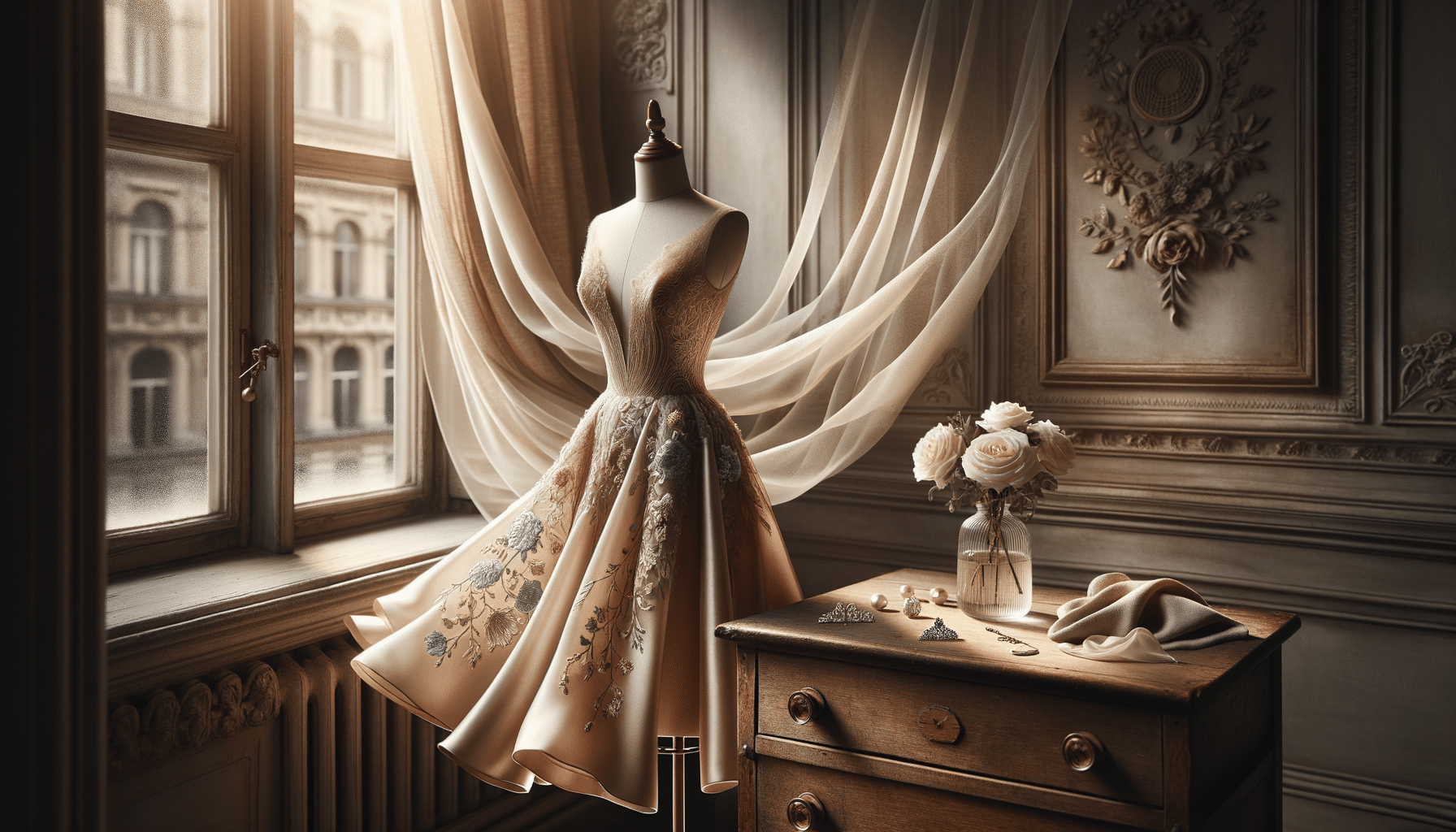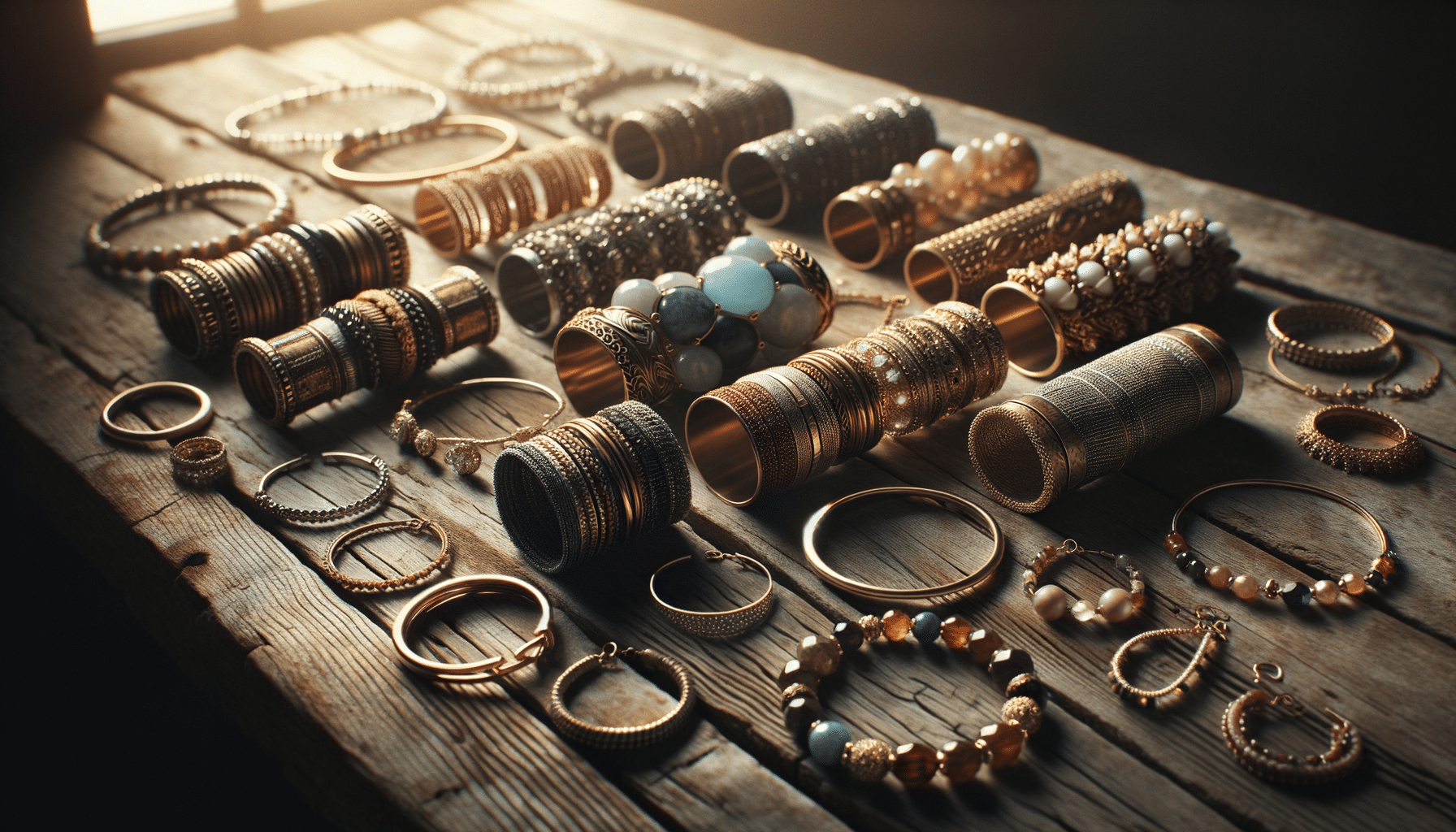
The Elegance of Traditional Bridal Head Jewelry
The Significance of Bridal Head Jewelry
Bridal head jewelry has been an integral part of wedding traditions across cultures for centuries. These ornate pieces are not just accessories but are steeped in symbolism and meaning. Often passed down through generations, bridal head jewelry is a testament to family heritage and cultural identity. In many cultures, the headpiece a bride wears can signify her social status, community ties, and family blessings.
For instance, in South Asian weddings, the “maang tikka” is a prominent piece of head jewelry worn by brides. It is traditionally placed on the bride’s forehead, symbolizing the union of the bride and groom. The center of the forehead is believed to be the seat of wisdom and power, making the maang tikka not just a decorative piece but also a spiritual emblem. Similarly, in European traditions, tiaras and crowns have been used to denote nobility and grace, often seen in royal weddings where they add a touch of regality to the bridal ensemble.
Bridal head jewelry varies not only in style but also in the materials used. From gold and silver to precious stones and pearls, the choice of material often reflects the cultural significance and wealth of the family. These pieces are carefully crafted by skilled artisans, making each piece unique and a work of art in its own right.
Styles and Variations Across Cultures
The diversity in bridal head jewelry styles is as vast as the cultures they originate from. In Africa, for example, beaded headdresses are common, often incorporating vibrant colors and intricate patterns that tell stories of the bride’s lineage. These headdresses are not only visually striking but also carry deep cultural narratives passed down through generations.
In contrast, East Asian bridal headpieces often feature delicate designs made with jade, gold, and intricate metalwork. The Chinese “phoenix crown,” for example, is an elaborate headpiece symbolizing prosperity and happiness. It is adorned with pearls and kingfisher feathers, showcasing the bride’s beauty and elegance.
Middle Eastern bridal head jewelry often includes the “jhumar” or “matha patti,” which elegantly frames the bride’s face. These pieces are typically crafted from gold and embellished with precious gemstones, highlighting the bride’s radiant beauty. The craftsmanship involved in these pieces is remarkable, reflecting the rich artistic traditions of the region.
Materials and Craftsmanship
The materials used in traditional bridal head jewelry are as diverse as the cultures they represent. Gold is a popular choice due to its durability and luster, often used in South Asian and Middle Eastern headpieces. Silver is another common material, particularly in European and African designs, valued for its versatility and elegance.
Gemstones and pearls are frequently incorporated into bridal head jewelry, adding color and brilliance. Rubies, emeralds, and sapphires are favored for their vibrant hues, while diamonds offer unmatched sparkle and sophistication. Pearls, with their soft luster, are often used in bridal tiaras and crowns, symbolizing purity and grace.
The craftsmanship of these pieces is a testament to the skill and artistry of the artisans. Techniques such as filigree, enameling, and stone setting require precision and expertise, ensuring each piece is not only beautiful but also durable. These artisans often spend years perfecting their craft, passing down techniques through generations, which adds to the cultural value of the jewelry.
The Role of Bridal Head Jewelry in Modern Weddings
Despite the evolution of fashion, traditional bridal head jewelry remains a cherished element in modern weddings. Many brides choose to incorporate these pieces as a nod to their heritage and as a way to connect with their cultural roots. In contemporary weddings, there is a trend of blending traditional elements with modern aesthetics, resulting in unique and personalized bridal looks.
Brides today have the freedom to choose from a variety of styles, whether they prefer classic designs or wish to make a bold statement with contemporary pieces. This flexibility allows brides to express their individuality while honoring their cultural traditions. Moreover, the resurgence of interest in vintage and heirloom jewelry has brought traditional headpieces back into the spotlight, with many brides opting for pieces that have been worn by previous generations.
Additionally, bridal head jewelry has become more accessible, with designers creating pieces that cater to diverse tastes and budgets. This inclusivity ensures that every bride can find a headpiece that resonates with her personal style and cultural background, making her feel truly special on her wedding day.
Conclusion: Celebrating Heritage and Individuality
Traditional bridal head jewelry is more than just an accessory; it is a celebration of heritage, culture, and individuality. These pieces carry stories and traditions that have been cherished and preserved over time. As weddings continue to evolve, bridal head jewelry remains a symbol of beauty and elegance, connecting brides to their past while allowing them to express their unique identities.
Whether adorned with gold, gemstones, or pearls, each piece of bridal head jewelry tells a story of love, family, and tradition. It is a testament to the enduring appeal of these exquisite pieces, which continue to captivate and inspire brides around the world. As we celebrate the diversity and richness of cultural traditions, bridal head jewelry stands as a beautiful reminder of the past and a beacon of hope for future generations.


